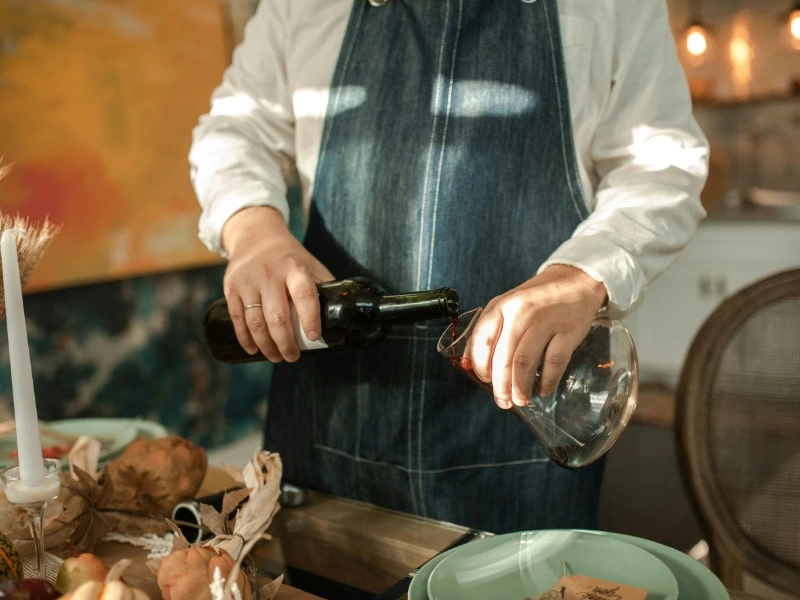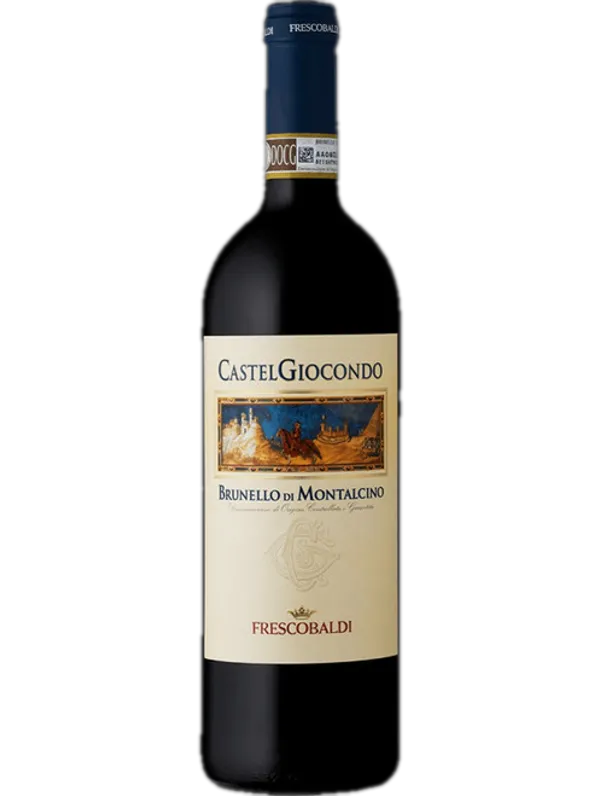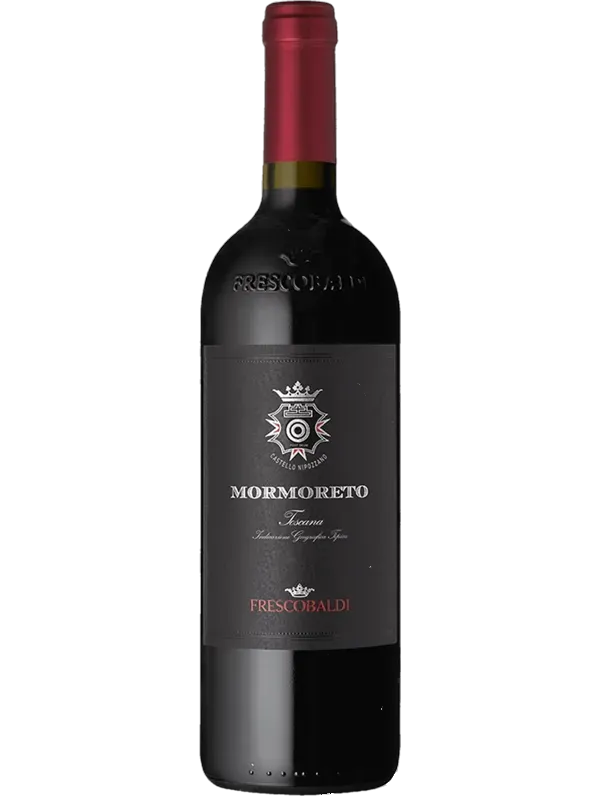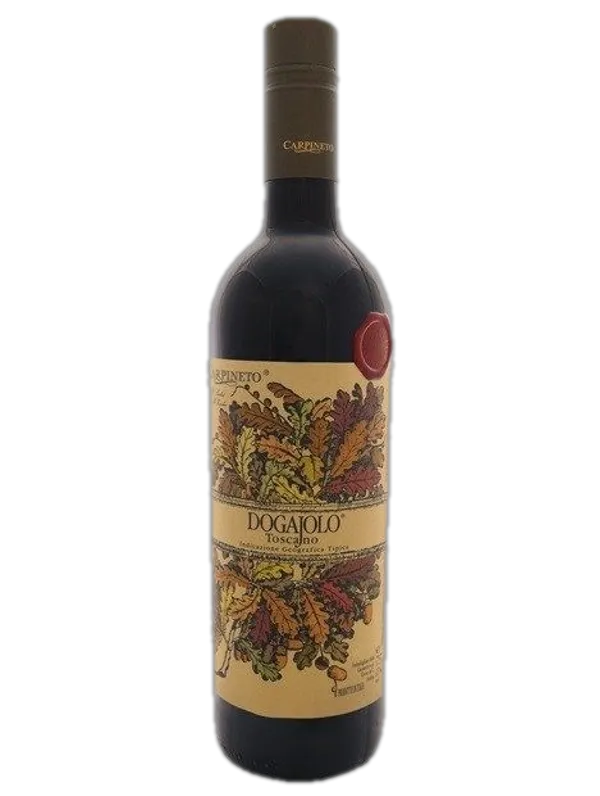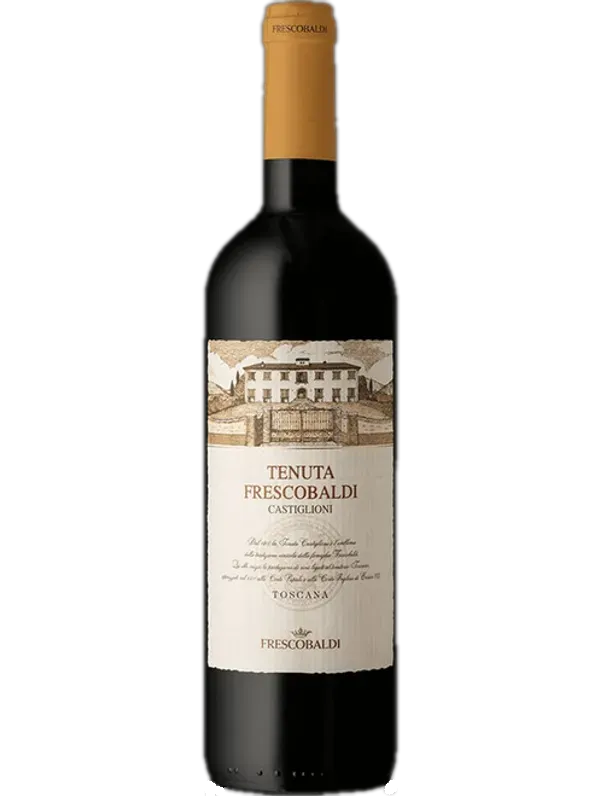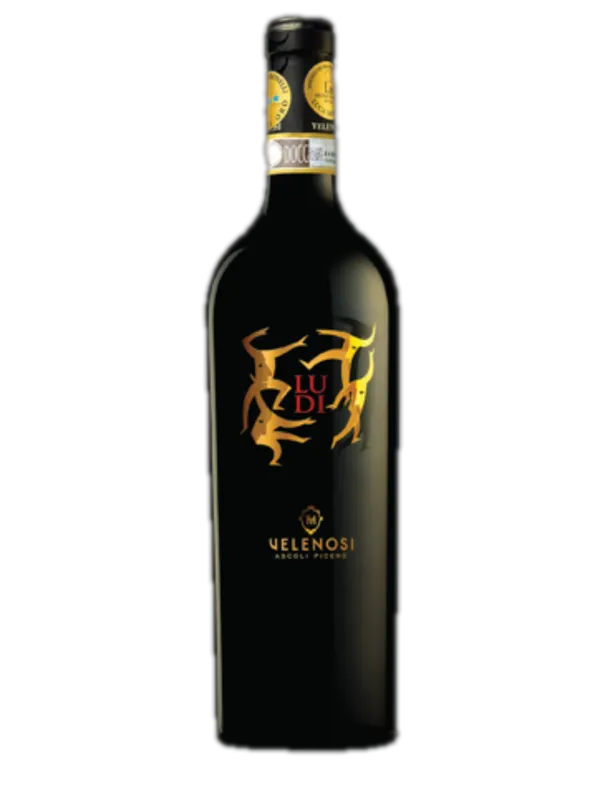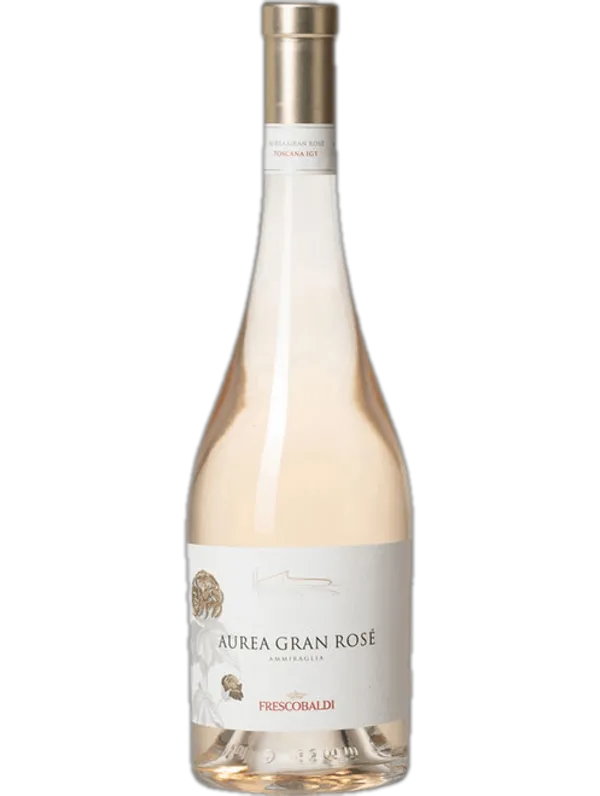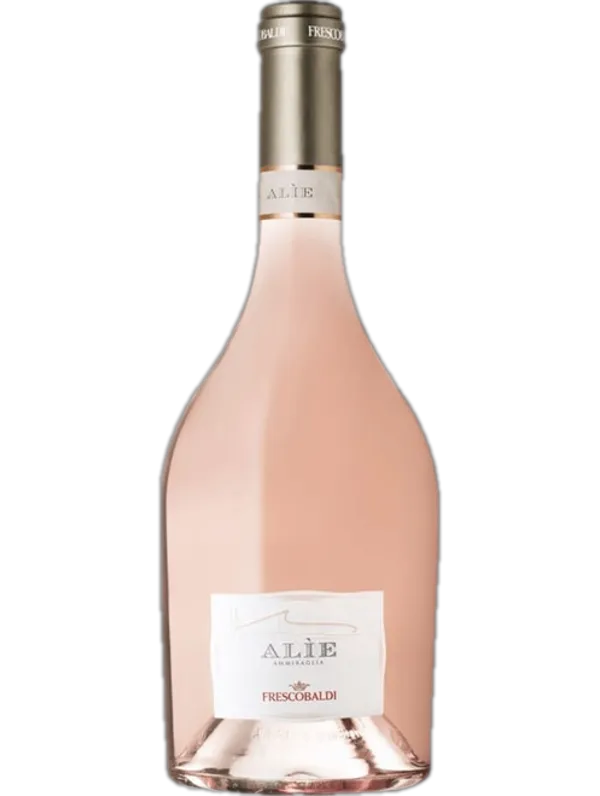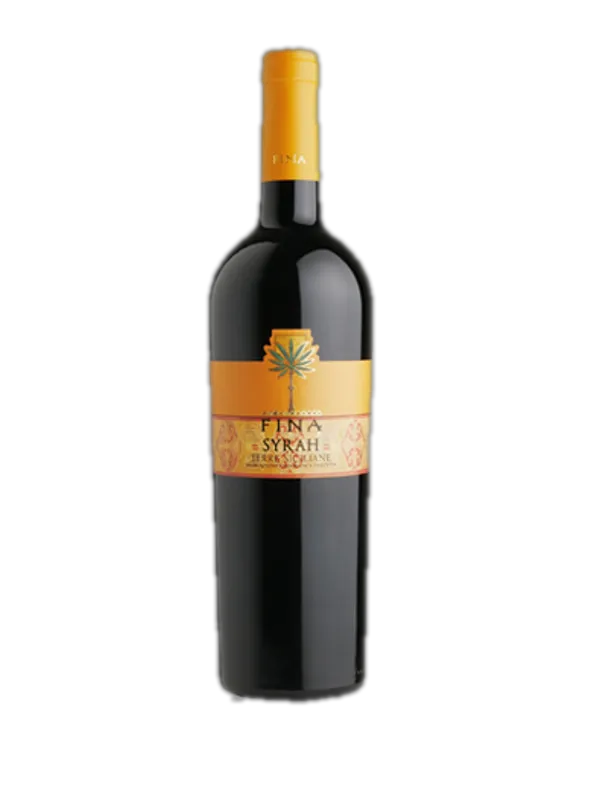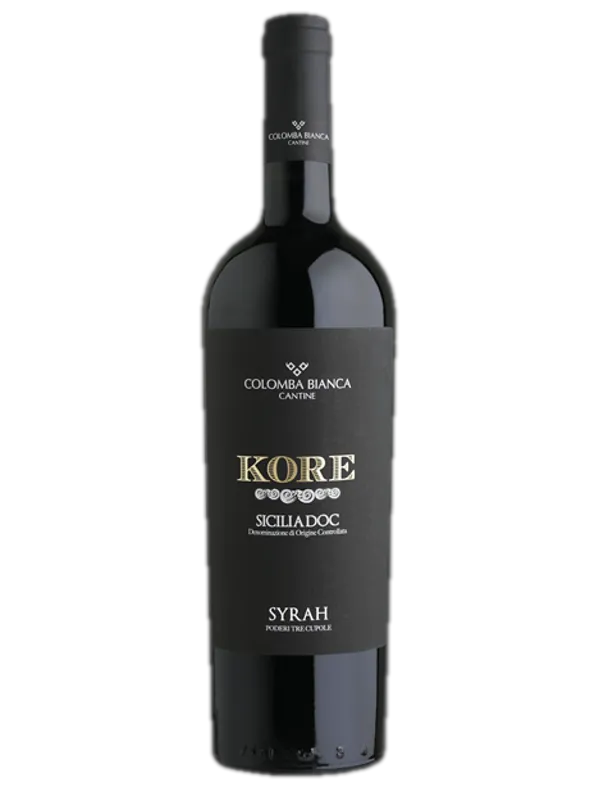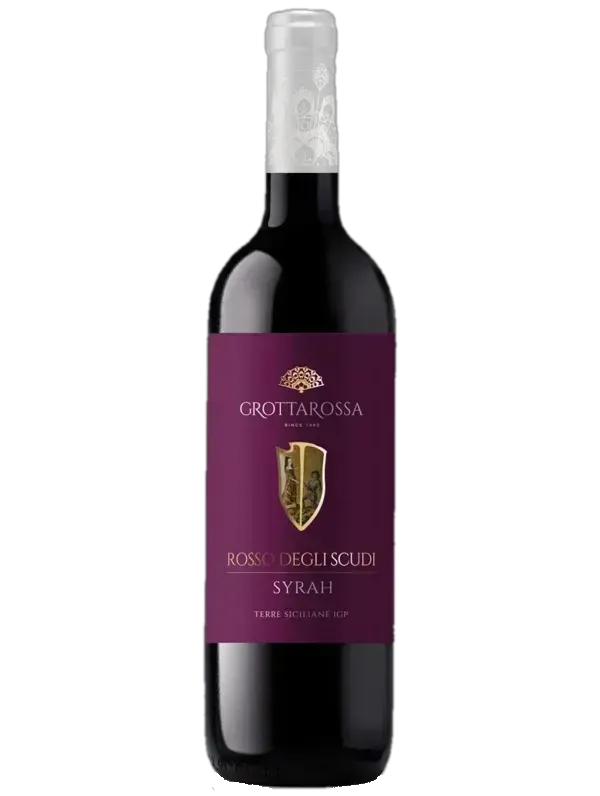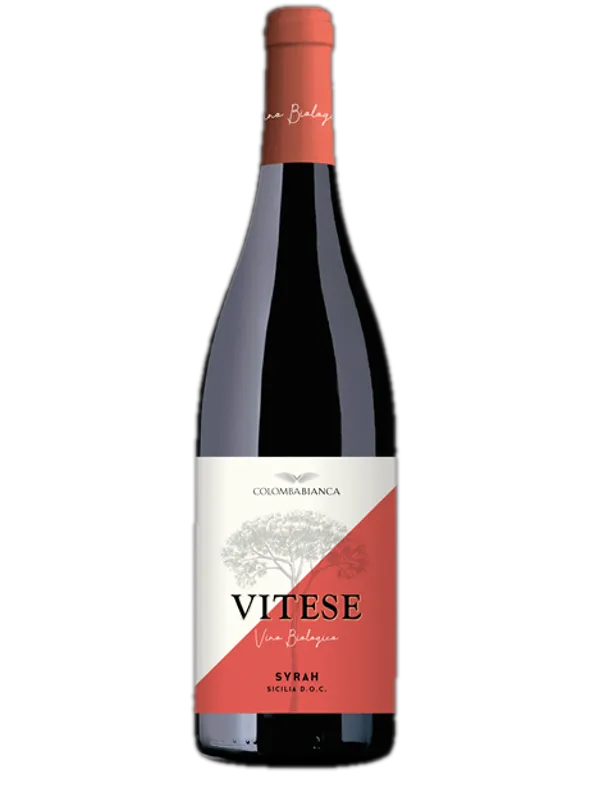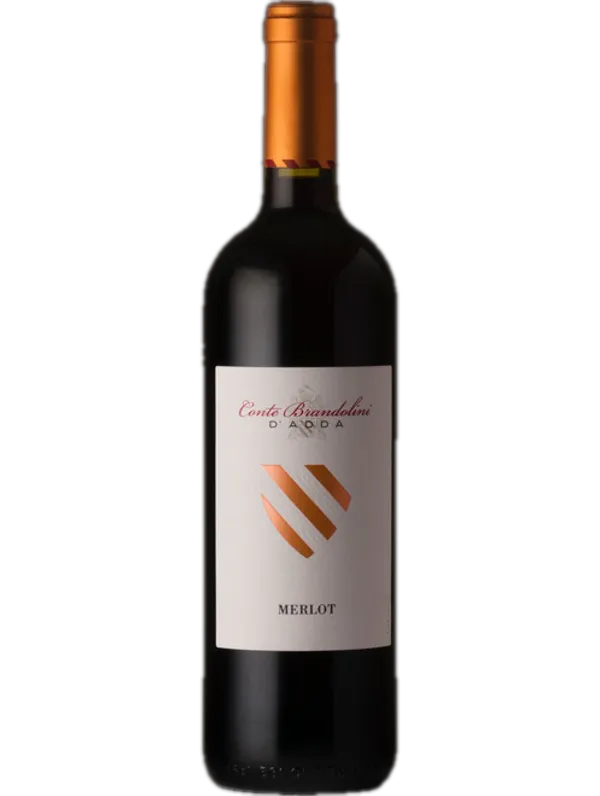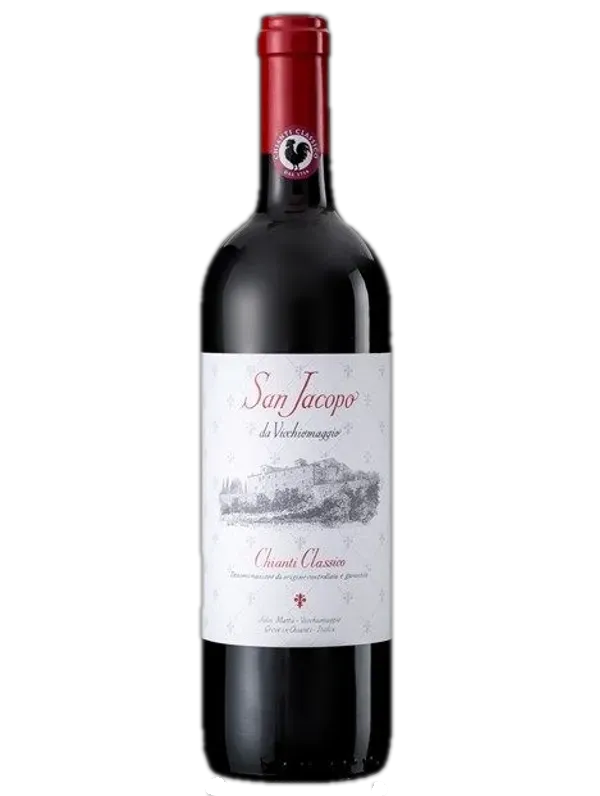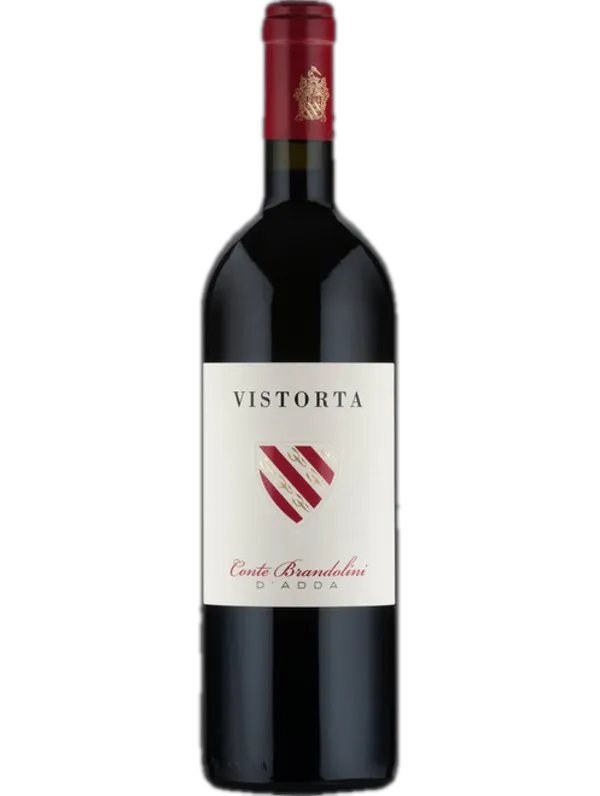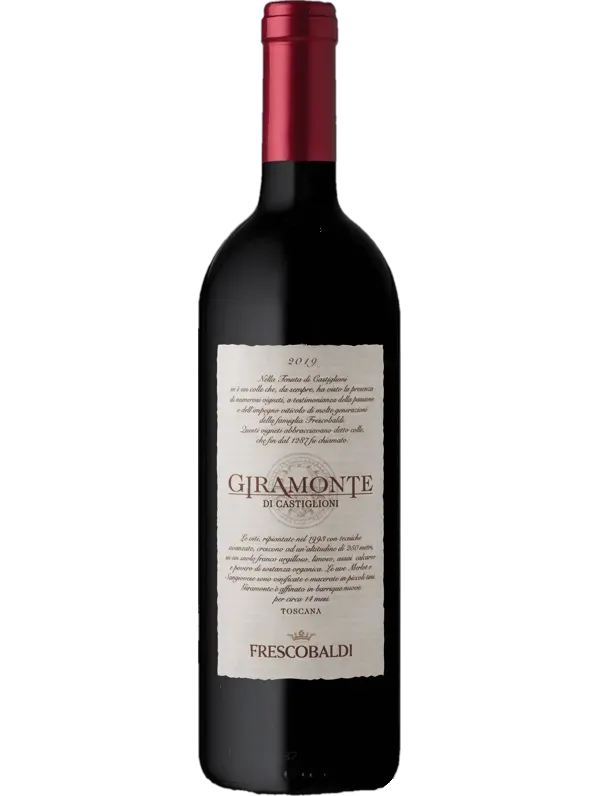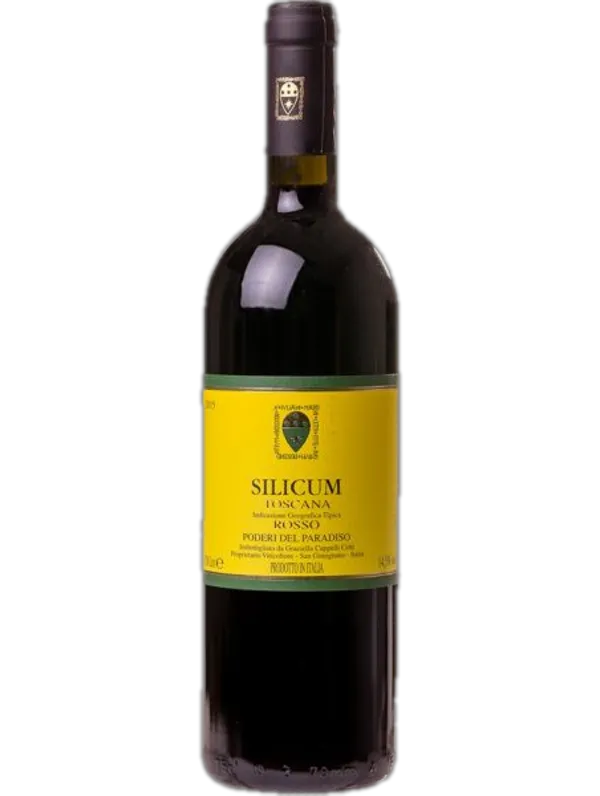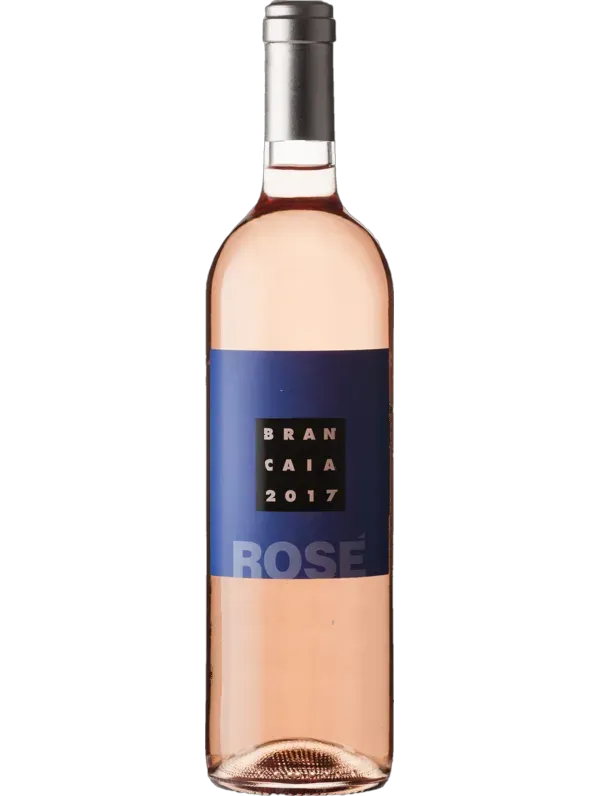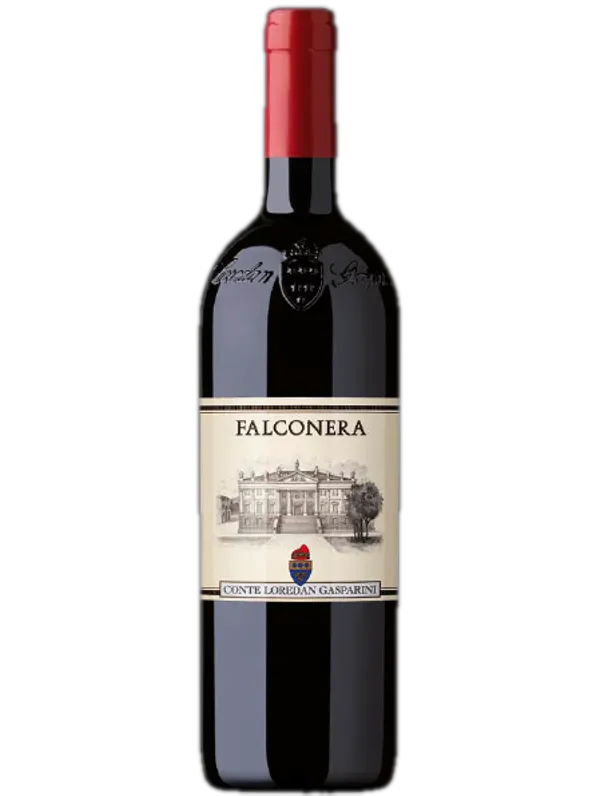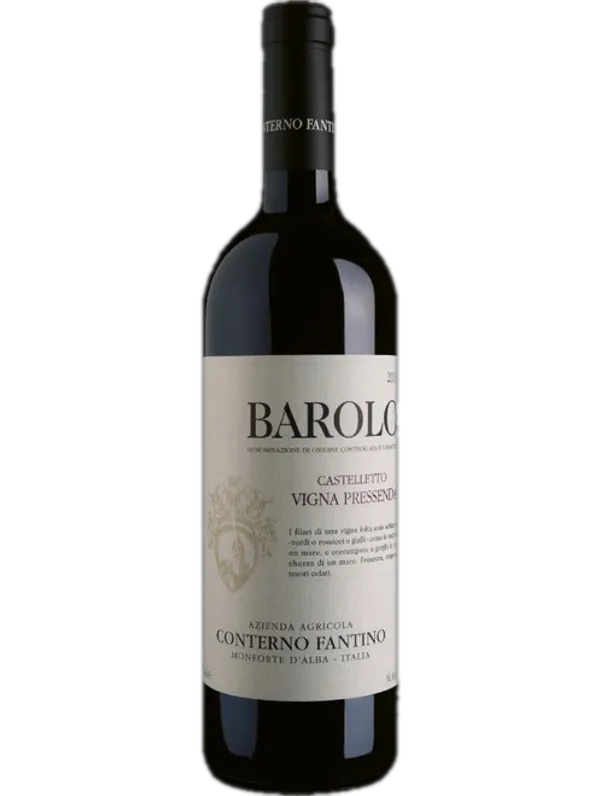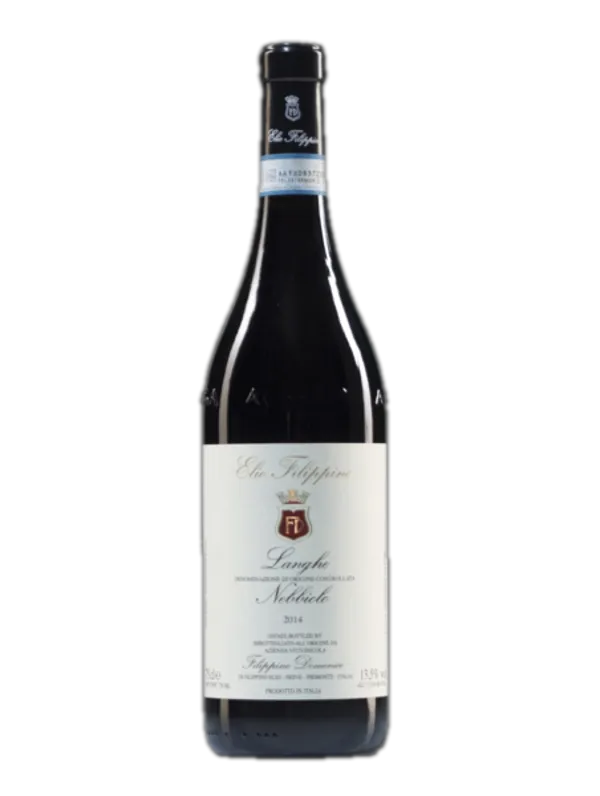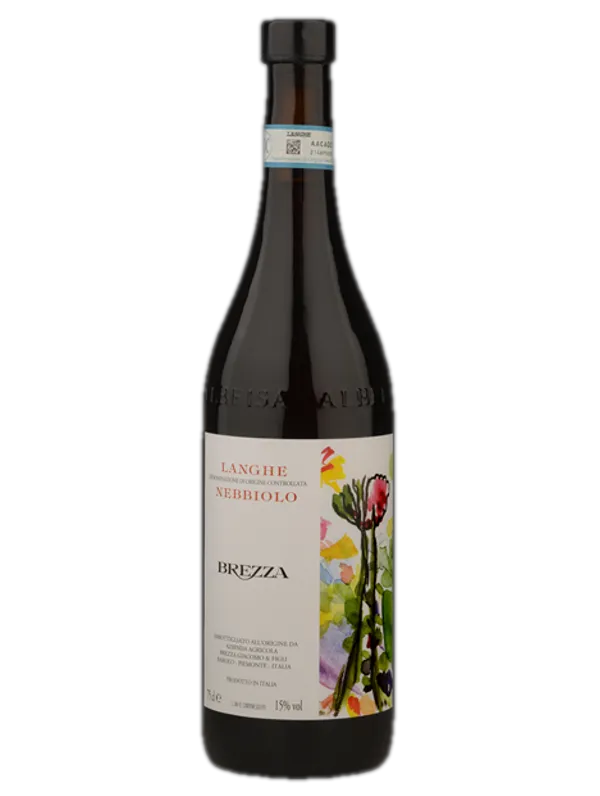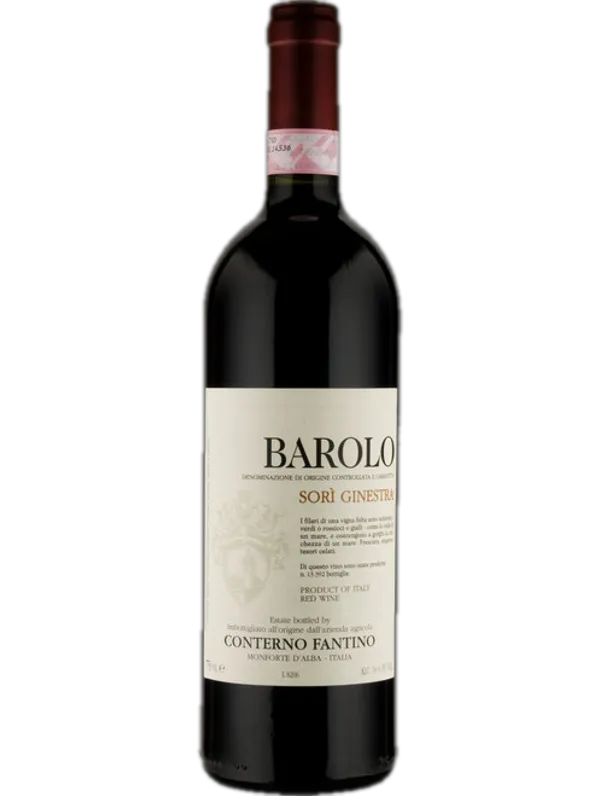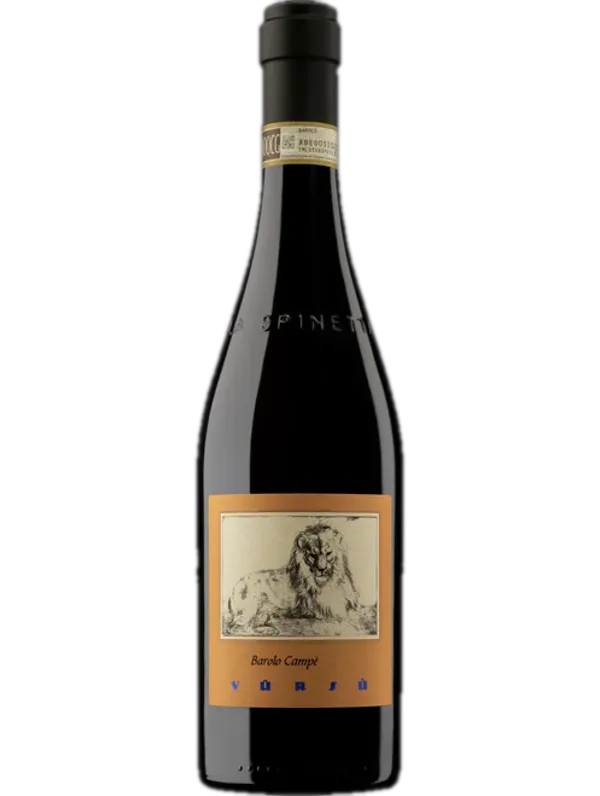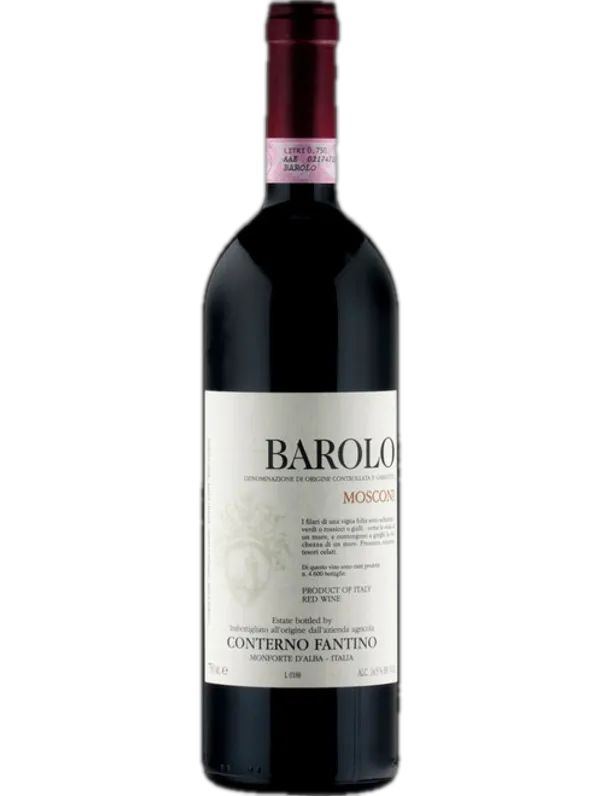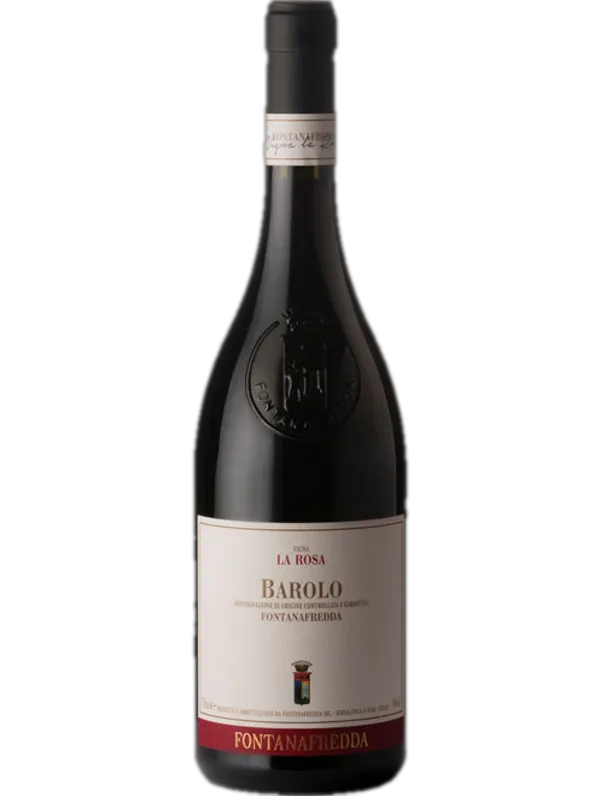For anyone looking to elevate their wine tasting experience, a decanter is more than just a vessel — it's an essential tool that enhances the wine's character and presentation. Decanters are not merely functional; they are a centrepiece that invites both curiosity and conversation.
In this guide, we'll explore why decanters are pivotal to unlocking a wine's full potential, covering their functional benefits such as aeration and sediment removal, and their role in enhancing the visual appeal of your table setting. Whether you're a seasoned connoisseur or a casual enthusiast, understanding how to select and use a decanter will significantly enrich your wine drinking experience. Let's delve into the art and science of wine decanters.
Understanding Wine Decanters
Premium Decanters Showcase
Explore our exclusive selection of high-end decanters, each meticulously crafted to offer unparalleled elegance and performance. These luxury pieces not only elevate your wine's presentation but also enhance its aroma and flavour, making every pour a sophisticated experience. Dive into our premium collection to find the perfect centerpiece for your next special occasion.
Choosing the Right Decanter
Wine decanters come in a diverse array of materials, shapes, and sizes, each offering unique characteristics and aesthetics. When choosing a decanter, it's essential to weigh all of the above, to balance between aesthetic appeal and practical functionality.
The material of the decanter not only impacts its look but also its durability and influence on the wine's aeration.
Material Considerations
 Glass: Glass decanters are popular for their versatility and clarity, allowing the colour of the wine to shine through beautifully. They are generally more durable and less expensive than their crystal counterparts.
Glass: Glass decanters are popular for their versatility and clarity, allowing the colour of the wine to shine through beautifully. They are generally more durable and less expensive than their crystal counterparts. Crystal: Crystal decanters, often favoured for their elegant appearance and traditional flair, can make an impressive statement on both British and American dinner tables. However, those made from glass provide a sturdy, often more affordable alternative without compromising on style
Crystal: Crystal decanters, often favoured for their elegant appearance and traditional flair, can make an impressive statement on both British and American dinner tables. However, those made from glass provide a sturdy, often more affordable alternative without compromising on style Stainless Steel: For a contemporary look, stainless steel decanters offer modern appeal and robustness. They are less traditional but excellent for outdoor events or more casual settings due to their durability
Stainless Steel: For a contemporary look, stainless steel decanters offer modern appeal and robustness. They are less traditional but excellent for outdoor events or more casual settings due to their durability
Affordable Quality Decanters Showcase
Shape and Design
Decanters come in various shapes, each designed to suit different types of wines and aesthetic preferences.
 Standard: The classic shape with a wide base and narrow neck, ideal for allowing wines to breathe and develop quickly.
Standard: The classic shape with a wide base and narrow neck, ideal for allowing wines to breathe and develop quickly. Swan: Elegant and curved, resembling a swan’s neck, which not only makes a dramatic table presence but also aids in the smooth pouring of wine.
Swan: Elegant and curved, resembling a swan’s neck, which not only makes a dramatic table presence but also aids in the smooth pouring of wine. Cornett: Tall and slender, these decanters are designed for wines that need limited aeration but are still served with a flair.
Cornett: Tall and slender, these decanters are designed for wines that need limited aeration but are still served with a flair. Duck: Broad and flat, duck decanters have a unique shape that increases the wine's exposure to air and are particularly good for old red wines.
Duck: Broad and flat, duck decanters have a unique shape that increases the wine's exposure to air and are particularly good for old red wines.
The design of the decanter is another critical factor, particularly how it affects wine aeration. Decanters with wider bases allow more wine to contact air, facilitating quicker aeration, which is perfect for robust reds like a Cabernet Sauvignon or a Syrah that benefit significantly from breathing. Conversely, narrower decanters might be more suitable for delicate white wines that require less exposure to air to open up their subtle flavours.
Our Cabernet Sauvignon Selection
For those looking to explore the robust charm of Cabernet Sauvignon, consider our fine selection. This varietal is renowned for its bold flavours and structural complexity, making it ideal for demonstrating the benefits of a good decant. With its layers of dark fruits, hints of tobacco, and a subtle earthy undertone, a well-aerated Cabernet Sauvignon opens up beautifully, offering a more rounded and flavourful experience.
Castelgiocondo Brunello DOCG, Magnum
Rich Brunello with red/black fruit notes, hints of spice, balsamic, forest floor; long, persistent finish.
Read more
Frescobaldi Mormoreto IGT
A vibrant red with aromas of blackberries, blueberries, and raspberries, balanced, and pleasantly fresh on the palate
Read more
Carpineto 'Dogajolo' Toscana Rosso
Vibrant red with cherry flavors, velvety mouthfeel, modern Tuscan style, smooth and satisfying.
Read more
Tenuta di Castiglioni,
Intense ruby red, vibrant aromas of cherry and blackberry with hints of spice and vanilla. Rich palate.
Read more
Velenosi Ludi
Bold red with deep flavors of blackberry and hints of liquorice, graceful tannins, exceptional pairing with red meats.
Read more
Our Syrah Selection
Following our focus on Cabernet Sauvignon, we turn to Syrah, another excellent candidate for decanting. This varietal is celebrated for its full body and rich, peppery flavours. Decanting Syrah enhances its integration of spicy and fruity notes, softening tannins and amplifying the overall palate. We selected a diverse array of Syrah wines that cater to both traditional and modern tastes, perfect for any gathering, whether in the US or the UK.

Ammiraglia, Aurea Gran Rose
Pale pink with distinct complexity. Exhibits grapefruit hints, followed by sweeter peach tones. Delivers a spiced finish that complements its mineral depth.
Read more
Alìe Rosé
Graceful, made with Syrah and Vermentino. Despite pale hue, offers robust pear aromas. In the mouth, it's dry and refreshingly brisk.
Read more

Fina Syrah
Intense ruby red with blackberry and violet aromas, robust, well-structured with dark fruit and spice notes.
Read more
Colomba Bianca, 'Kore', Sicily, Syrah
Vibrant red with herbal and fruity notes, luscious full-bodied Syrah with hints of chocolate.
Read more
Syrah Terre Siciliane IGP Grottarossa
Intense ruby red with cherry, blackberry, and raspberry aromas. Smooth, with a pleasant finish.
Read more
Colomba Bianca 'Vitese', Sicily, Syrah
Read more
Capacity
 Standard Size: Most decanters hold approximately 750 ml, equivalent to a standard bottle of wine, ideal for serving at small gatherings.
Standard Size: Most decanters hold approximately 750 ml, equivalent to a standard bottle of wine, ideal for serving at small gatherings. Magnum: Larger decanters are designed to hold a magnum (1.5 litres) of wine, suitable for larger parties or for wines that benefit from more aeration.
Magnum: Larger decanters are designed to hold a magnum (1.5 litres) of wine, suitable for larger parties or for wines that benefit from more aeration.
Each type of decanter offers its own advantages in terms of aesthetics and functionality, catering to different wine enthusiasts' needs and preferences.
Each type of decanter offers its own advantages in terms of aesthetics and functionality, catering to different wine enthusiasts' needs and preferences. To assist in selecting the perfect decanter for any occasion, ItalianWines.co.uk has curated a range of options that not only enhance the visual appeal but also the overall wine service experience.
Practical Guide to Using Decanters
Preparation and Usage
Decanting wine is both an art and a science, enhancing the wine's flavour and serving as a ritual that elevates the drinking experience. To decant properly, start by ensuring your wine has settled upright for at least 24 hours, allowing the sediment to collect at the bottom of the bottle.
Carefully open the wine without shaking the bottle, and slowly pour the wine into the decanter, making sure to stop before the sediment starts to leave the bottle. For optimal aeration, swirl the wine gently in the decanter, allowing it to breathe and fully develop its flavours.
Decanting times vary depending on the type of wine. Young, tannic reds may need several hours to soften, whereas lighter or older wines might only need a few minutes. A general rule is to decant robust wines like a young Cabernet Sauvignon for up to two hours before serving, while more delicate wines such as Pinot Noir benefit from shorter decanting times.
Maintenance and Care
To ensure your decanter remains a centerpiece and functional tool, proper care is essential. Always rinse the decanter with warm water after use to prevent stains from forming. Avoid using soap, as it can leave residues that might affect the taste and aroma of the wine. For stubborn stains, a mixture of warm water and baking soda can be effective. Fill the decanter with this solution and let it sit, then use a decanter brush to gently scrub away any residue.
Drying the decanter properly is also crucial. Tip the decanter upside down and allow it to air dry completely to prevent water spots. For storing, keep the decanter in a safe, dry place to avoid dust accumulation and potential odours that could interfere with your next decanting session.
Advanced Tips and Tricks
Enhancing the Decanting Experience
To further elevate your decanting experience, consider incorporating specialised tools that can enhance precision and presentation. A wine funnel with a built-in strainer is invaluable for catching sediment while ensuring a smooth pour into the decanter. For those keen on technology, aerating pourers and ultrasonic wine agers offer modern solutions to expedite the aeration process, making them especially useful when time is limited.
For aficionados who appreciate aged wines, handling these delicate vintages requires a gentler approach. Use a candle or a soft light to observe the clarity of the wine as you slowly pour it, stopping as soon as you detect sediment approaching the neck of the bottle. This technique helps preserve the integrity of older wines, which can be more susceptible to deterioration when exposed to too much air.
Hosting with Decanters
Incorporating decanters into wine tastings and social events can significantly enhance the guest experience. When hosting, select a decanter that complements the wine’s characteristics and the theme of your gathering. For instance, a sleek, modern decanter might suit a New York loft-style dinner party, while a more ornate crystal decanter could be the centerpiece at a traditional dinner in a London townhouse.
When pairing decanters with wines, consider the body and age of the wine. Full-bodied red wines like Merlot or Nebbiolo benefit from the broad base of a traditional decanter, which facilitates ample aeration, while lighter, more delicate wines may require a narrower decanter to limit air exposure.
Our Merlot Selection
For those keen to delve into the velvety depths of Merlot, we present an exquisite selection of this varietal. Known for its soft, ripe tannins and rich fruit flavours, Merlot is a versatile wine that benefits greatly from decanting. As it breathes, the wine unveils layers of plum, cherry, and subtle chocolate nuances, enhancing its complexity and creating a more engaging palate experience. This makes it a superb choice for both seasoned enthusiasts and those new to the nuances of red wine.
Merlot 'Stomo'
Indulge in the richness of this 2019 Merlot from Friuli Venezia Giulia. Its full-bodied structure is complemented by a soft, velvety texture, making it an inviting choice for any palate.
Read more
Castello Vicchiomaggio 'San Jacopo', Chianti Classico
Silky Chianti Classico with red cherry, strawberry notes, elegant and smooth with a savory finish.
Read more
Merlot di Vistorta Organic
Full-bodied, rich red wine with soft tannins, hints of black fruit, and a smooth finish.
Read more

Giramonte
Intense ruby red wine entices with complex fruity and toasted aromas, robust tannins and lasting finish.
Read more
Lamaione
Intense ruby-red, with vibrant blueberry notes, balanced by refreshing balsamic and mint flavors, long finish.
Read more
Poderi del Paradiso Silicum Rosso
Intense ruby red, dark fruit and chocolate aromas, warm with silky tannins, perfect for red meat.
Read more
Casa Brancaia Rose
Elegant rose with wild strawberries, rhubarb, and a tangy squirt of tangerine, perfect for summertime
Read more
Loredan Gasparini Falconera Merlot
Delicate herbal and floral aromas, ripe plum, very subtle notes of oak, silky tannins.
Read more
Our Nebbiolo Selection
Continuing with our exploration of distinguished wines, Nebbiolo stands out for its assertive tannins and high acidity, which gracefully soften with proper decanting. This varietal, the star of Northern Italy’s prestigious Barolo and Barbaresco, offers a symphony of flavours including rose, cherry, and hints of truffle and tar. Decanting not only mellows its robustness but also brightens its intricate flavour profile, making each sip a testament to its storied heritage. The selection at ItalianWines.co.uk caters to connoisseurs seeking to experience the authentic elegance of this distinguished grape.
Barolo Castelletto Vigna Pressenda
A robust Piedmont Nebbiolo with rich, complex flavors and a smooth finish.
Read more
Elio Filippino Langhe Nebbiolo
Elegant, fruity with violets, raspberries. Full and intense, perfect with pasta, meats, and cheeses.
Read more
Brezza, Nebbiolo, Langhe
Aromatic with red berries, rose, violet, and orange peel hints, silky texture, dry.
Read more
Barolo Sorì Ginestra, Magnum
Intensely complex Barolo with rich fruit, herbal, and savory notes, perfect for cellaring or savoring now.
Read more
Barolo Campe
Intensely ruby-red Barolo with ripe fruits and integrated wood aromas, balanced palate, supple tannins.
Read more
Barolo, Mosconi Vigna Ped
Intensely complex red with cherry, cranberry, liquorice, and chocolate notes, structured with prominent tannins.
Read more
Barolo DOCG, Vigna La Rosa
Elegant Barolo with harmonious taste, delicate bouquet of roses, earthy undertones, velvety mouthfeel.
Read more
Further Reading and Resources
To enhance your decanting skills and learn more about its impact on wine, visit Decanting Wine 101. This resource explores the subtleties of decanting and how it can elevate your wine drinking experience, particularly with aged red wines.
Interested in expanding your knowledge beyond decanting? The Learn at ItalianWines.co.uk covers a wide range of topics, from the basics of how different types of wine are made—including red, white, rosé, and sparkling—to the specifics of vegan wines and the art of wine storage. Each guide is designed to be accessible, offering step-by-step insights into the winemaking process and practical tips for serving and storing wine.
For those fascinated by the diversity of Italian wines, detailed information about different Italian wine grapes and the unique characteristics of Italy's wine regions can be found at Italian Wine Grapes and Italian Wine Regions. These resources are invaluable for anyone looking to explore the variety and richness of Italy's wine heritage.
Additionally, our Blog offers a lively mix of articles that cater to both newcomers and connoisseurs. Topics range from wine gifts and tips for cocktail making to deep dives into specific wines and the latest news in the wine world.
Firstly, aeration allows the wine to breathe, enhancing the bouquet and flavour profiles that are locked within. By exposing wine to air, decanters help soften the tannins and release the aromas, making the wine more pleasant and complex to the taste.
Secondly, decanters play a crucial role in sediment separation. Older wines and vintage ports often accumulate sediment as they age, and pouring them through a decanter can leave these sediments behind, ensuring the wine in your glass is smooth and clear.
Lastly, the use of a decanter adds a touch of elegance to any table setting. It’s not just about taste and clarity; it’s about presenting the wine in a way that signifies respect for its heritage and enhances the overall dining experience.







